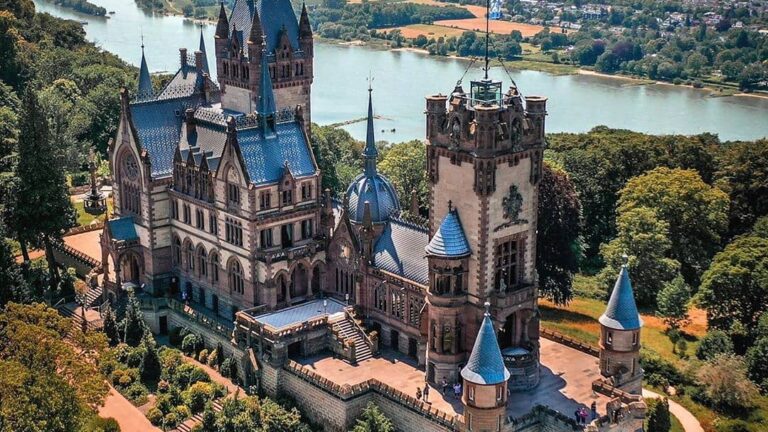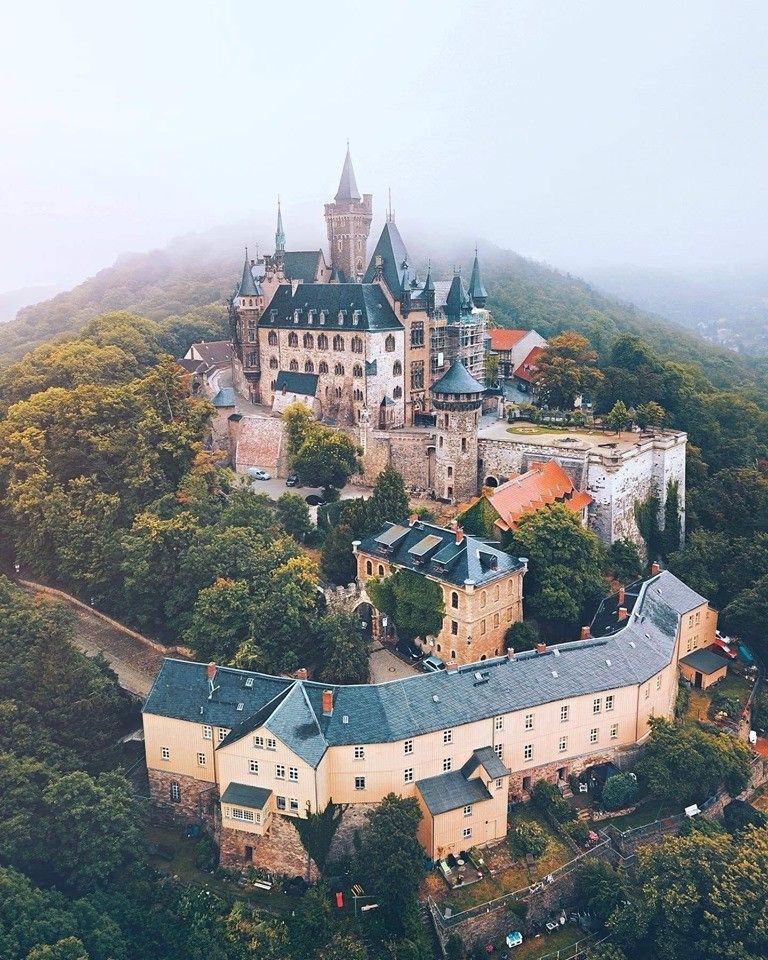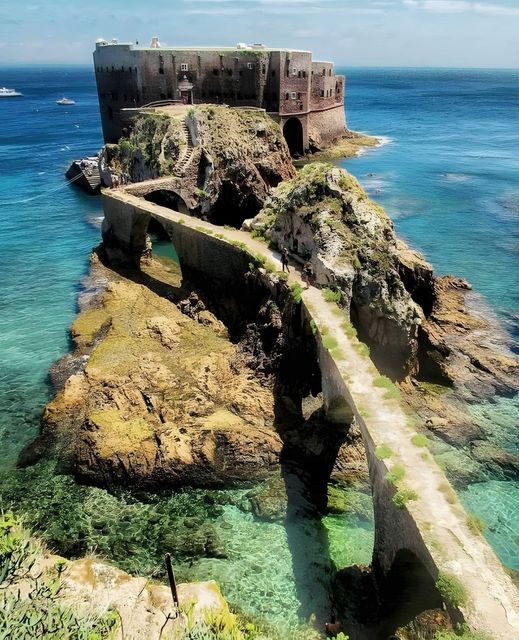History
Medieval Origins
Butrón Castle, located in the municipality of Gatika in the Basque Country, Spain, has its origins in the Middle Ages. The exact date of its initial construction is unclear, but it is believed that the first fortifications on the site were built around the 13th century. The castle was originally a stronghold for the Butrón family, a powerful noble house in the region.
Feudal Conflicts
Throughout the Middle Ages, Butrón Castle played a central role in the feudal conflicts that plagued the Basque Country. The region was marked by frequent skirmishes between rival noble families, known as the “Bandos” wars. The Butrón family were prominent participants in these conflicts, and the castle served as both a residence and a fortress.
Decline and Abandonment
By the 16th century, the feuds that had necessitated such strong fortifications began to wane, and the strategic importance of Butrón Castle diminished. Over time, the castle fell into disrepair and was largely abandoned. For several centuries, it stood as a decaying relic of a turbulent past.
19th-Century Reconstruction
The modern appearance of Butrón Castle is largely due to a significant reconstruction effort in the 19th century. This restoration was commissioned by Don Francisco de Cubas, a prominent Spanish architect and politician, also known as Marqués de Cubas. Between 1878 and 1880, he undertook a romanticized renovation of the castle, transforming it into a neo-Gothic architectural marvel.
Romantic Revival
Don Francisco de Cubas’ reconstruction of Butrón Castle was heavily influenced by the romantic movement, which idealized the medieval past. The renovation incorporated elements of fantasy and historical styles, creating a picturesque and dramatic structure that combined neo-Gothic and eclectic architectural elements. This transformation turned Butrón Castle into a symbol of the romantic revival in Spain.
Modern Era
In the 20th and 21st centuries, Butrón Castle has undergone several changes in ownership and usage. It has been used for various purposes, including as a private residence, a tourist attraction, and even an event venue. Despite these changes, the castle has retained its striking appearance and continues to be a prominent landmark in the Basque Country.
Architecture
Neo-Gothic Style
The architectural style of Butrón Castle is predominantly neo-Gothic, reflecting the romantic ideals of the 19th-century restoration. The design incorporates elements typical of medieval castles, such as turrets, battlements, and arched windows. These features, however, are often more decorative than functional, in line with the romanticized vision of the period.
Fantasy Elements
One of the most distinctive aspects of Butrón Castle is its incorporation of fantasy elements. The renovation aimed to create a fairytale-like appearance, with an emphasis on dramatic and picturesque forms. The result is a castle that looks like it could be the setting for a medieval legend or fairy tale, with its intricate details and towering structures.
Interior Design
The interior of Butrón Castle, much like its exterior, was designed to evoke a sense of historical grandeur. The rooms were decorated with period-appropriate furnishings and decorations, aiming to recreate the atmosphere of a medieval noble residence. Though many original interior features have been lost or altered over time, the castle still retains elements of its 19th-century romantic makeover.
Surrounding Grounds
The castle is set within a lush, wooded park, which further enhances its fairytale-like appearance. The grounds include manicured gardens, walking paths, and scenic viewpoints, offering visitors a serene and picturesque environment. The natural setting complements the architectural style of the castle, creating a cohesive and enchanting experience.
Cultural and Historical Significance
Symbol of the Romantic Revival
Butrón Castle stands as a symbol of the romantic revival in Spain, a period when there was a renewed interest in the medieval past and a fascination with historical architecture. The castle’s transformation in the 19th century reflects broader cultural trends of the time, emphasizing imagination, nostalgia, and the aestheticization of history.
Tourist Attraction
Today, Butrón Castle is a popular tourist attraction, drawing visitors from around the world. Its unique architectural style and historical significance make it a fascinating destination for those interested in history, architecture, and the romantic movement. The castle offers a glimpse into the past, as well as the imaginative vision of the 19th-century restoration.
Event Venue
In addition to being a tourist attraction, Butrón Castle has been used as a venue for various events, including weddings, corporate functions, and cultural activities. Its dramatic and picturesque setting makes it an ideal location for special occasions, adding a touch of historical romance to any event.
Preservation Efforts
Efforts to preserve and maintain Butrón Castle continue, ensuring that this historical and architectural landmark remains intact for future generations. These efforts are crucial in protecting the castle from the wear and tear of time, as well as ensuring that it remains accessible to the public.
In conclusion, Butrón Castle is a remarkable example of neo-Gothic architecture and a symbol of the romantic revival in Spain. From its medieval origins and turbulent history to its 19th-century transformation and modern-day significance, the castle embodies the rich cultural and historical heritage of the Basque Country. Its enchanting appearance and storied past continue to captivate visitors and scholars alike.


